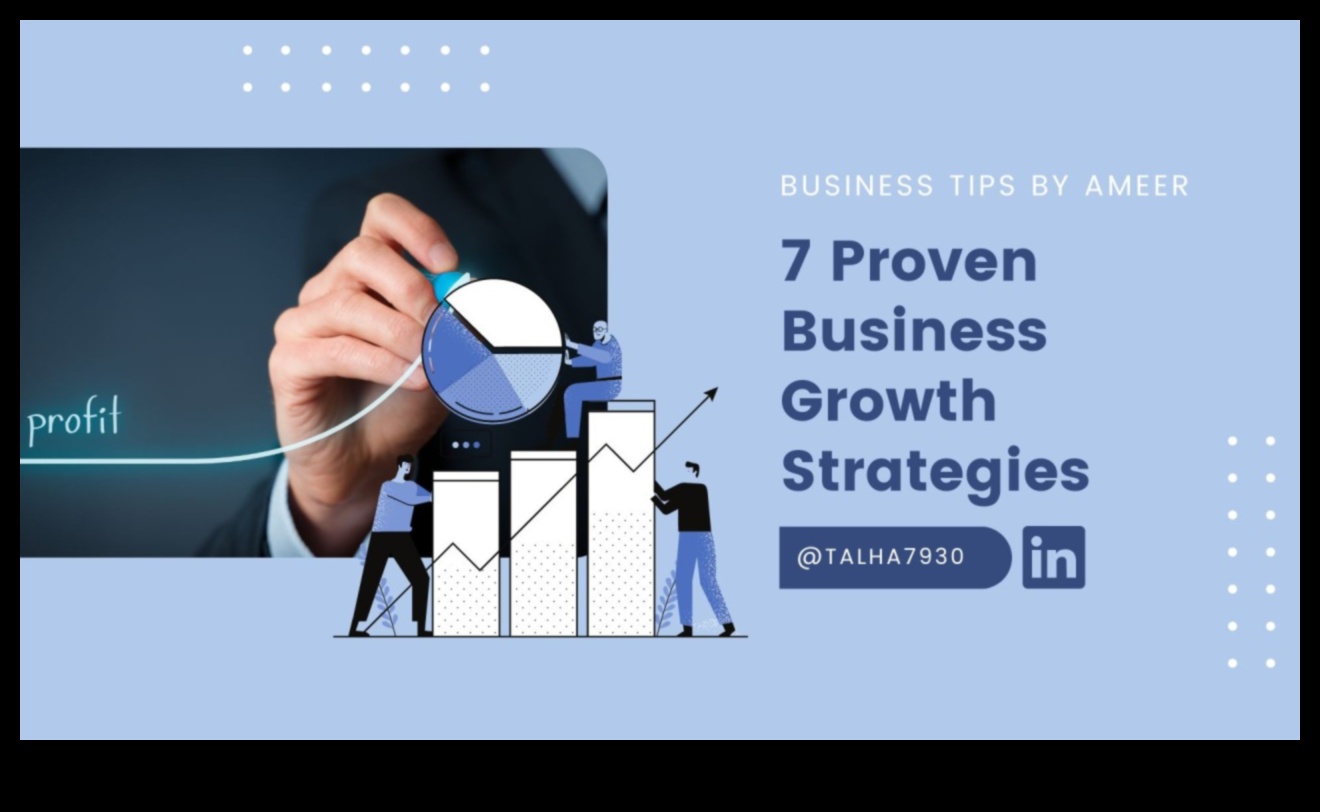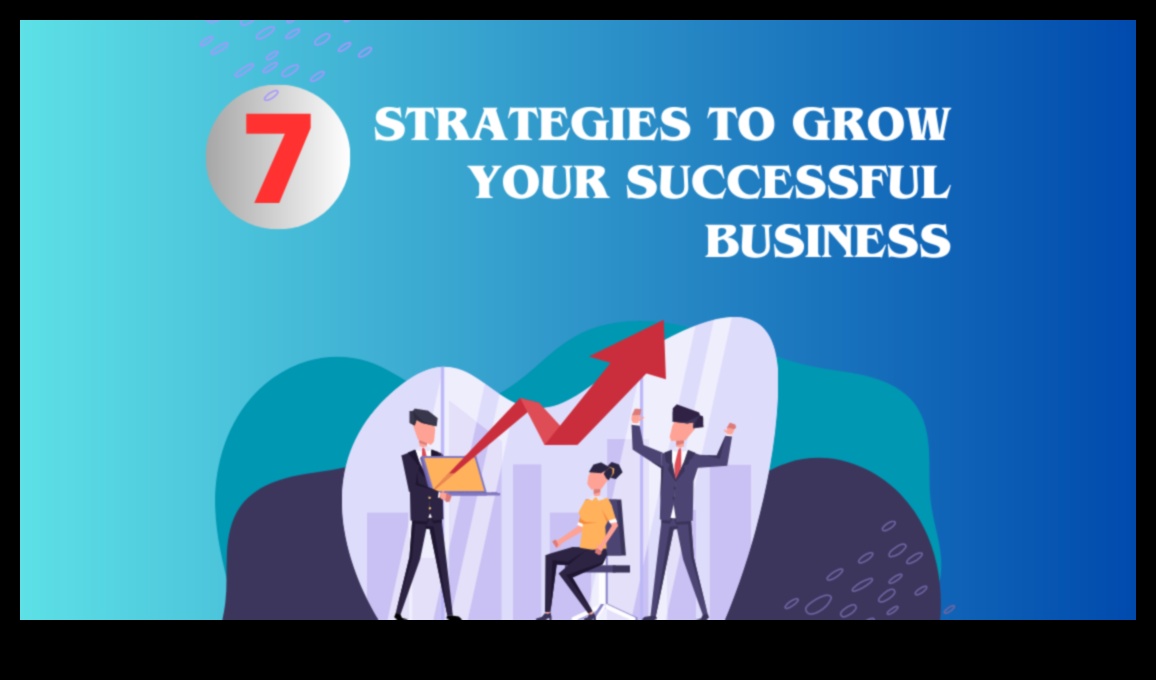
Strategies for Business Triumph: Lessons from Successful Growth Leaders
People searching for the keyword “Strategies for Business Triumph: Lessons from Successful Growth Leaders” are likely looking for information on how to grow their business. They may be interested in learning about the strategies that successful growth leaders have used, or they may be looking for specific tips and advice on how to improve their own business. This keyword is likely to be used by both B2B and B2C businesses, as well as by individuals who are looking to start their own businesses.
In this article, we will discuss some of the key strategies that successful growth leaders have used to achieve their success. We will cover topics such as market research, competitive analysis, target audience, marketing plan, sales funnel, customer service, growth hacking, technology, and FAQs.
We hope that this article will provide you with some valuable insights into how to grow your own business. If you have any questions, please feel free to leave a comment below.
| Topic | Answer |
|---|---|
| I. Introduction | This section introduces the topic of business growth and provides an overview of the strategies that will be discussed in the rest of the document. |
| II. Market research | This section discusses the importance of conducting market research before developing a growth strategy. It covers topics such as identifying your target market, understanding your competitors, and conducting a SWOT analysis. |
| III. Competitive analysis | This section discusses the importance of understanding your competitors and their strategies. It covers topics such as identifying your competitors’ strengths and weaknesses, and developing a competitive advantage. |
| IV. Target audience | This section discusses the importance of understanding your target audience and their needs. It covers topics such as identifying your target audience’s demographics, psychographics, and buying habits. |
| V. Marketing plan | This section discusses how to develop a marketing plan that will help you reach your growth goals. It covers topics such as setting goals, developing a budget, and choosing the right marketing channels. |

II. Market research
Market research is essential for any business that wants to grow. It helps you understand your target audience, identify your competitors, and develop a marketing plan that will reach your target customers. There are a number of different ways to conduct market research, including:
- Surveys
- Focus groups
- Interviews
- Social media monitoring
- Web analytics
By conducting market research, you can gain valuable insights into your target audience, such as their needs, wants, and motivations. This information can then be used to develop a marketing plan that will appeal to your target customers and help you grow your business.
III. Competitive analysis
A competitive analysis is a process of gathering and analyzing information about your competitors in order to identify their strengths and weaknesses, and to develop strategies to outperform them. A competitive analysis can be conducted at a variety of levels, from the industry level to the individual competitor level.
The goal of a competitive analysis is to gain a better understanding of your competitors’ strategies, products, and marketing efforts, so that you can develop a more effective strategy for your own business. A competitive analysis can also help you identify new opportunities and threats, and to make better decisions about your pricing, product development, and marketing campaigns.
There are a number of different ways to conduct a competitive analysis. Some of the most common methods include:
- SWOT analysis
- Porter’s Five Forces analysis
- Competitor benchmarking
- Customer surveys
- Social media monitoring
By conducting a thorough competitive analysis, you can gain a valuable understanding of your competitors and the competitive landscape, which can help you to develop a more successful business strategy.

IV. Target audience
The target audience for your marketing plan should be clearly defined. This will help you to focus your efforts and ensure that your messages are reaching the right people.
There are a number of factors to consider when defining your target audience, including:
- Demographics
- Psychographics
- Behavioral data
- Geographic location
Once you have a good understanding of your target audience, you can start to develop marketing messages that are tailored to their needs and interests. This will help you to increase your reach and generate more leads.
Here are some tips for defining your target audience:
- Start by identifying your ideal customer. What are their demographics, psychographics, and behavioral data? Where do they live? What are their needs and interests?
- Once you have a good understanding of your ideal customer, you can start to develop personas. Personas are fictional representations of your target audience that help you to better understand their needs and motivations.
- Use your personas to develop marketing messages that are tailored to your target audience. This will help you to increase your reach and generate more leads.

V. Marketing plan
A marketing plan is a document that outlines the goals, strategies, and tactics for your marketing efforts. It should be specific, measurable, achievable, relevant, and time-bound. A good marketing plan will help you to focus your efforts and track your progress.
The following are the key components of a marketing plan:
- Executive summary
- Situational analysis
- Target market
- Marketing goals
- Marketing strategies
- Marketing tactics
- Budget
- Timeline
- Evaluation
The executive summary is a brief overview of the marketing plan. It should include the key goals, strategies, and tactics that will be used to achieve them.
The situational analysis is a review of the current market conditions and your company’s position within it. This section should include information on your target market, your competitors, and the overall economic climate.
The target market is the group of people that you are trying to reach with your marketing efforts. This section should include information on the demographics, psychographics, and buying habits of your target market.
The marketing goals are the specific objectives that you want to achieve with your marketing efforts. These goals should be SMART (specific, measurable, achievable, relevant, and time-bound).
The marketing strategies are the broad approaches that you will use to achieve your goals. These strategies should be based on the information that you gathered in the situational analysis.
The marketing tactics are the specific activities that you will undertake to implement your strategies. These tactics should be aligned with your goals and strategies.
The budget is the amount of money that you will allocate to your marketing efforts. This section should include a breakdown of the costs for each of your marketing tactics.
The timeline is a schedule for when you will implement your marketing tactics. This section should include a start date and an end date for each of your tactics.
The evaluation is a process for measuring the results of your marketing efforts. This section should include criteria for measuring your success and a plan for how you will track your results.
A marketing plan is an essential tool for any business that wants to grow its customer base and increase its sales. By following the steps outlined in this article, you can create a marketing plan that will help you achieve your business goals.
VI. Customer service
Customer service is an essential part of any business, but it is especially important for businesses that are trying to grow. When customers have a positive experience with your company, they are more likely to stay loyal and to refer your business to others. There are a number of things that you can do to improve your customer service, such as:
- Be responsive to customer inquiries.
- Resolve customer complaints quickly and efficiently.
- Go above and beyond to meet your customers’ needs.
- Empower your employees to make decisions on behalf of customers.
- Provide excellent customer service training for your employees.
By taking these steps, you can create a positive customer experience that will help you to grow your business.
VII. Customer service
Customer service is an essential part of any business, but it is especially important for businesses that are looking to grow. When customers have a positive experience with your company, they are more likely to return and do business with you again. They are also more likely to refer your business to their friends and family.
There are a number of things that you can do to improve your customer service, such as:
- Be responsive to customer inquiries.
- Resolve customer complaints quickly and efficiently.
- Go above and beyond to meet your customers’ needs.
- Empower your employees to make decisions on behalf of customers.
- Provide excellent customer service training for your employees.
By taking these steps, you can improve your customer service and create a positive experience for your customers. This will help you to grow your business and build a loyal customer base.
Growth hacking
Growth hacking is a term used to describe a set of marketing and growth strategies that are designed to achieve rapid growth with limited resources. Growth hacking techniques are often used by startups and small businesses to gain traction in a competitive market.
Some common growth hacking techniques include:
- Content marketing
- Social media marketing
- Search engine optimization (SEO)
- Pay-per-click (PPC) advertising
- Email marketing
Growth hacking is a constantly evolving field, and new techniques are being developed all the time. By staying up-to-date on the latest trends, businesses can stay ahead of the competition and achieve sustainable growth.
IX. Technology
Technology is a key driver of business growth. By using technology effectively, businesses can improve their efficiency, reach new customers, and create new products and services.
There are a number of ways that businesses can use technology to grow their business. Some of the most common include:
- Using online marketing to reach new customers
- Developing mobile apps to engage with customers on the go
- Using social media to build relationships with customers
- Automating processes to save time and money
- Using big data to make informed decisions
By using technology effectively, businesses can achieve their growth goals and become more successful.
FAQ
Q: What is the difference between business growth and business success?
A: Business growth is the increase in the size of a business over time. Business success is the achievement of a business’s goals, such as profitability, market share, or customer satisfaction.
Q: What are the key factors that contribute to business growth?
A: The key factors that contribute to business growth include market demand, product innovation, competitive advantage, and effective marketing.
Q: What are the challenges to business growth?
A: The challenges to business growth include economic conditions, competition, and regulatory compliance.